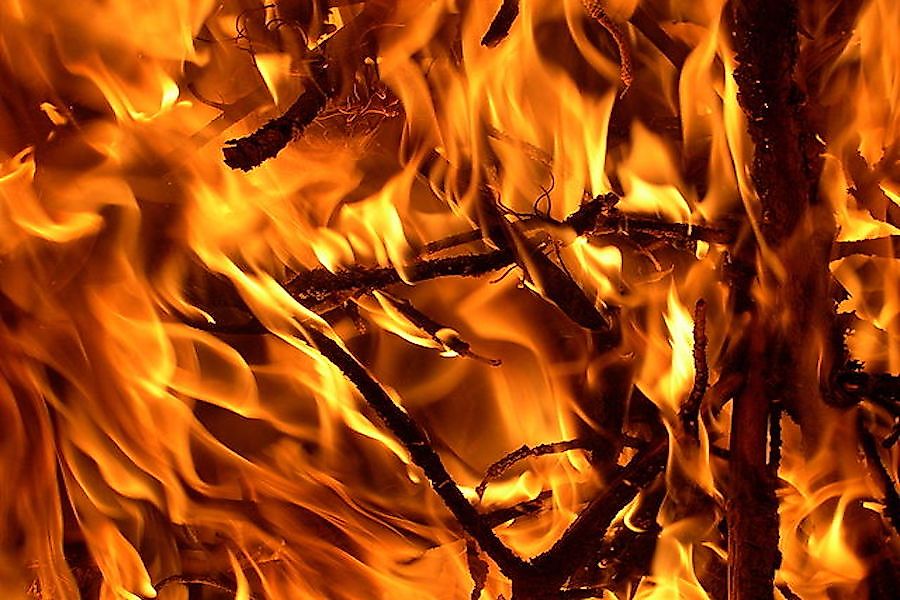The Gillingham Fair Fire Disaster: A Firefighting Demonstration Gone Horribly Wrong

The Fireman’s Wedding
The fireman’s wedding was a traditional event that took place at the Gillingham Fair in Kent, England every summer during the 1920s. It involved building a 3-story, 40-foot high house of wood and canvas in the middle of the fair grounds. This house served as a mock wedding party venue. At this pretend wedding reception, 2 firefighters acted as the newly wed husband and wife. They entertained their mock wedding guests, which consisted of other firefighters and naval cadets. After some time, flares and smoke bombs were set off to give the illusion of a fire inside the house. The firefighters then worked to help the guests evacuate from all floors of the house. Once the guests were evacuated, a real fire was set, giving the firefighters a chance to show their firefighting skills.
The Gillingham Fair Fire Disaster
On July 11, 1929, disaster struck the Fireman’s Wedding. Like every other year, 15 individuals (9 boys and 6 men) entered the house to prepare for the evacuation and rescue before the real fire started. However, the real fire was mistakenly set while everyone was still inside. The structure quickly went up in flames, blocking all of the exits, and trapping everyone inside. The audience gathered around the scene first believed that the screams and cries for help were part of the acting and they laughed and cheered for the production. From one of the upper floors, two boys jumped out of the structure with their clothes on fire, making the audience realize that they were witnessing an actual fire.
The firefighters immediately realized that the scene was real and not part of the performance. Within minutes, they had extinguished the fire. Unfortunately, the fire was so intense that it claimed the lives of 13 individuals as their families stood by, watching helplessly. The 2 who made it out alive were burned badly and rushed to the hospital where they died due to the seriousness of their injuries. Everyone inside the Fireman’s Wedding house lost their lives.
The Victims’ Funeral
On July 17, 1929, the town held the funeral for the victims of the fire. A special service took place at St. Augustine’s Church to honor 5 of the younger victims who had been members of the church’s congregation. The funeral service drew thousands of people from all over the country to pay their respects for the victims of the tragedy. The crowd stretched for 2 miles. The actual funeral procession stretched for 1.5 miles, beginning at the council offices on Green Street, progressing along Canterbury Street, and going down Copenhagen Road to Gillingham Road and Livingston Road. Finally, the procession made its way to Woodlands Road, where the cemetery is located.
The procession was headed by the coffins of the victims. The coffins were carried along on fire appliances and decorated with wreaths, flowers, and bells. Every business in the town was closed as a sign of respect and solidarity with the families who had lost their loved ones. Residents in the houses along the funeral procession brought out water for the attendees to help them fight the heat and sun. At the cemetery, the Bishop of Rochester gave a multi-denominational service to respect the religious beliefs of all the victims and their families. The graves were positioned to face the center of the cemetery. In 2010, a memorial was installed at Gillingham Park in honor of the victims.











